When the pandemic swept through Long Island in the past few months, when businesses closed and schools went online, the Tesla Science Center at Wardenclyffe in Shoreham has had to reimagine its efforts while hoping to still have in-person events at newly renovated buildings next year.
Last October, the nonprofit submitted its site plans to the Town of Brookhaven, with designs including first renovating the small, two-story house at the front of the property before starting renovations on the lab itself. Marc Alessi, the executive director of the science center, said construction had to halt due to the pandemic, but now the project has resumed after Phase 1 of reopening.
But in that time, the center has laterally moved its focus, according to the nonprofits’ executive director. Moving on to the virtual medium has allowed the center to refocus its education efforts, he said, while compelling them to come up with new fundraising opportunities.
“It’s gratifying that even before we open our doors we’re starting to provide that content and this programming,” Alessi said.
From June into this month, the center has promoted multiple online activities. This includes a Sprint for STEAM: 5k Virtual Run/Walk/Roll for Virtual Education, where the center is hoping to raise $125,000 for virtual education programs through support or donations. The center has also started a Virtual Summer STEAM Camp for kids, led by the center’s new education director Hannah Weiss. Later this month, the center is also starting a Virtual Education Certificate Program with the New York Institute of Technology, which will specifically help teachers learn about different technologies used in distance learning. Alessi said several school districts nationally, plus a few on Long Island, will be participating, and kids from other states and even other countries are looking to participate in the virtual summer camp. This is in addition to the center’s Tesla Unwired video podcasts with scientists and other people in the tech world, which started back in April.
Alessi said this move to digital education meant they had a better foothold in a lagging economy being slammed by the pandemic.
“With everything that’s happening, we’re going all in on providing this virtual content,” he said. “We hired an education coordinator. We didn’t lay off staff, we hired staff during this crisis.”
The center is also hosting its annual Tesla Birthday Bash on July 11 differently this year, with demonstrations of a 17-foot Tesla Coil being hosted online, and the center will be showing an online and drive-in version of the movie “Tesla” several weeks before it comes out. Tickets for the drive-in screening are $150 per car, with the money going to support the center’s online education initiatives.
The science center came to be in 2012, when along with the website The Oatmeal, a small North Shore nonprofit, purchased the land with $1.4 million raised to help purchase the land. Alessi, who was brought on as executive director in 2016, said restoring the site and creating a museum is a $20 million project, of which they have raised $10 million in the past few years.
“We always felt this was a world historic site, and the fact that the world saved it really multiplies that feeling,” Alessi said.
As reconstruction continues on the laboratory building, famous for its historical nature also having been designed by renowned early 20th-century architect Stanford White, it unveils new mysteries. Workers rebuilding the chimney on the lab itself uncovered an arched brick opening in the base of the eastern chimney wall June 5, and the science center is still trying to understand why that was built into the original structure.
Otherwise, the site plans for the larger context of the Tesla Center are still under review with the Town of Brookhaven.
But the future of the site still depends largely on what happens in the next year or so. Just like many places billing themselves as galleries or museums, many who want crowds to be able to come through and visit are depending on a vaccine for COVID-19 to more effectively ensure visitors’ safety.
“We’re lucky we’ve always stayed very lean as far as operations, and we’ve been able to create these air-tight budgets for this year,” Alessi said. “If this crisis lasts another year into next year, it could impact our programming.”

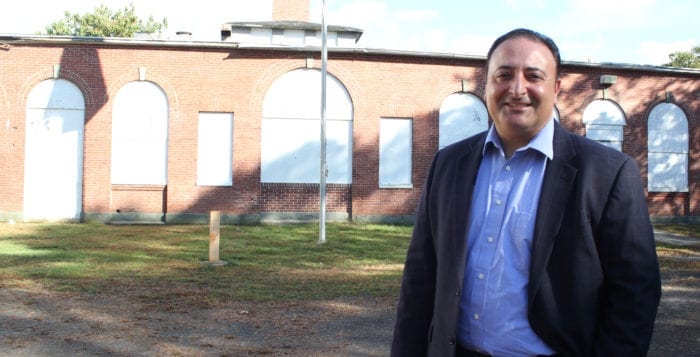

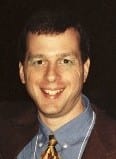

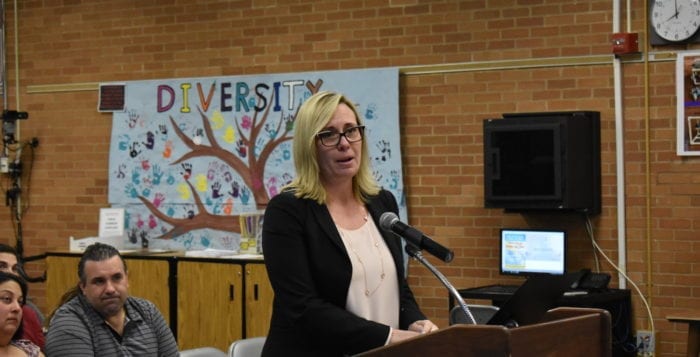

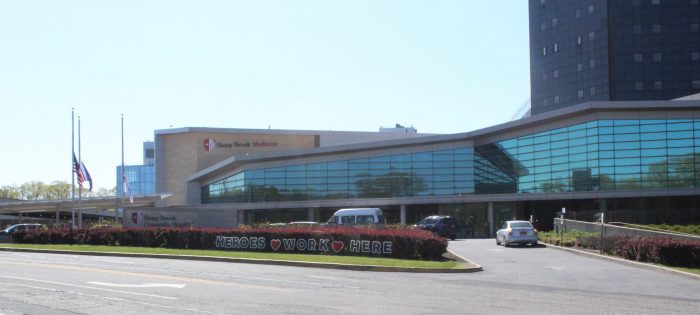
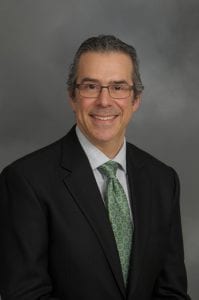

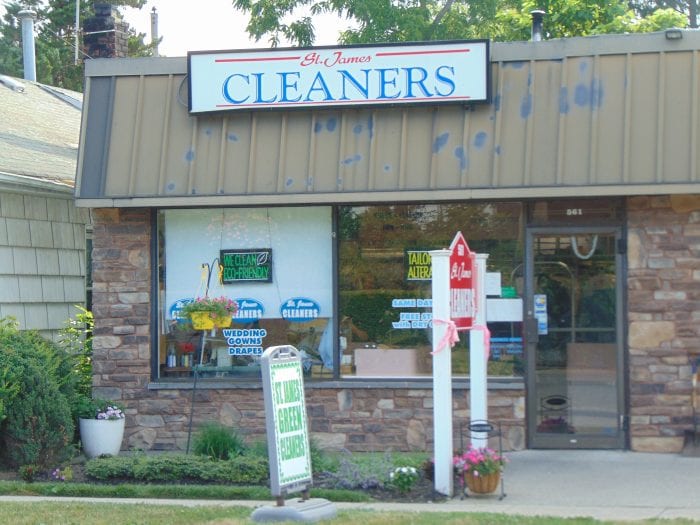


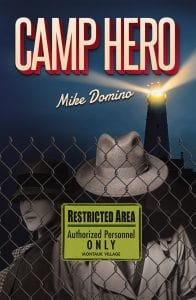 At the center of the story is Camp Hero.
At the center of the story is Camp Hero.![5 IMG_7930[1]](https://tbrnewsmedia.com/wp-content/uploads/2019/02/5-IMG_79301-700x357.jpg)



